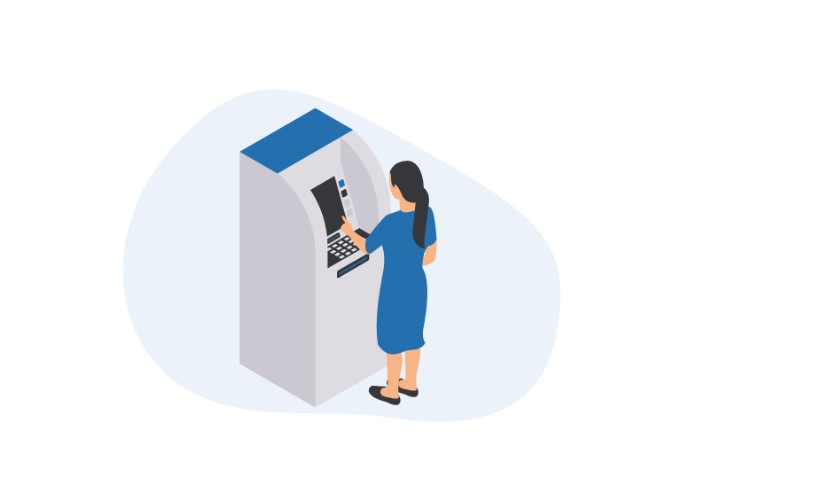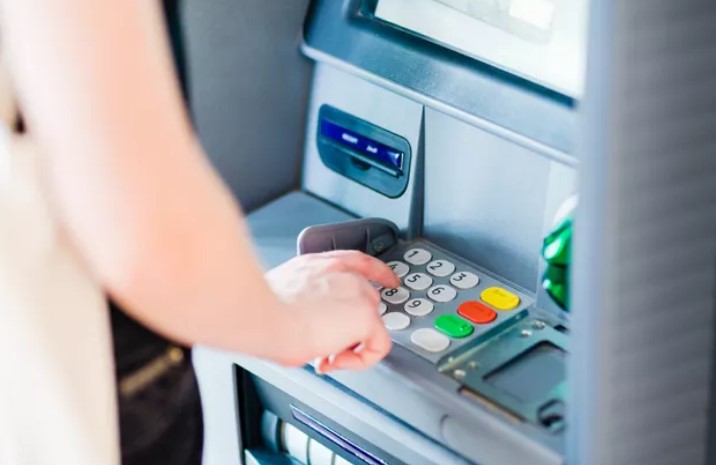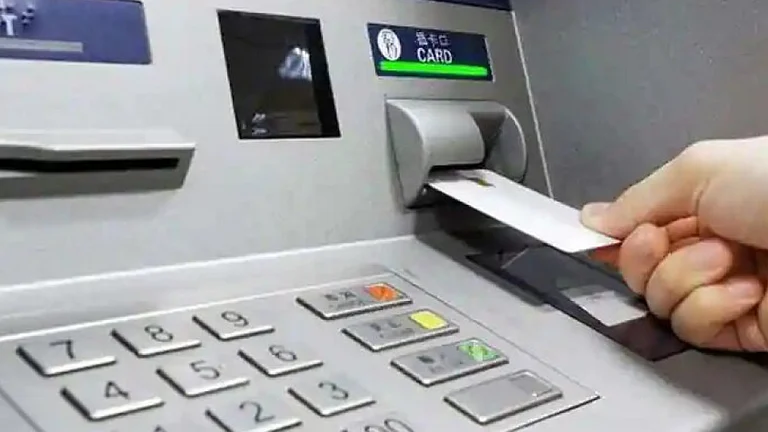Have you ever withdrawn cash and wondered why your balance seems suspiciously low? You’re not alone. According to a study, Americans spend over $4 billion annually on ATM fees alone. That’s not a typo—billion with a “B.” Think about it: that’s money that could have been used for groceries, utilities, or even a weekend getaway. Yet, it quietly slips away through a series of small, unnoticed deductions every time you need quick cash.
Key Points:
- ATM fees add up faster than you think.
- Banks often hide charges in fine print.
- Convenience comes with a price tag.
- There are smarter ways to manage cash access.
The Real Price of Convenience: More Than Just a Transaction Fee

When people think about using an ATM, they usually expect a small fee. But there’s more to the story. The fee you see on the screen is just the beginning. There are hidden charges woven into the system. For example, your own bank might charge you for using another institution’s machine, and the ATM owner tacks on their own fee. It’s like paying double for the same service. These costs are often overlooked because they seem insignificant individually, but they accumulate over time. If you withdraw money several times a month, those fees can add up to hundreds annually without you even realizing it. What seems like a minor expense becomes a consistent drain on your finances.
Dash ATM Services steps in here, offering solutions that help businesses manage these issues. Their full-service management and free installations in qualified locations reduce unnecessary expenses. They also provide quick, reliable support to ensure smooth operations, making it easier for businesses to maintain customer satisfaction.
Surcharges: The Fee That Never Asks for Permission
Surcharges are direct fees imposed by the machine owner. You see the notification before the transaction, but many ignore it in a rush. They range anywhere from $2 to $5 per withdrawal. Over a year, that’s a significant hit if you’re withdrawing often. The problem is that these fees often feel unavoidable when you’re in a hurry or in an unfamiliar location.
Imagine being in an airport or at a concert where your options are limited. In those moments, convenience trumps cost awareness, and that’s exactly what ATM operators count on. The cumulative effect is like a slow leak in your budget, barely noticeable but consistently draining your resources.
Out-of-Network Fees: The Silent Partner Draining Your Account

Your own bank might penalize you for using another network. This fee is separate from the surcharge. Imagine withdrawing $20 and getting charged $4 in combined fees—that’s 20% of your money gone instantly. What’s worse, many people aren’t even aware of this double-dipping practice until they review their bank statements.
Out-of-network fees are often buried in fine print, and banks rarely make an effort to educate customers about them. It’s like paying an unexpected toll on a road you thought was free. The key to avoiding these charges lies in planning your cash needs ahead of time and being strategic about where you withdraw money.
Exchange Rate Markups: The International Trap
Traveling abroad? Get ready for another layer of fees. Besides foreign transaction fees, ATM operators often apply unfavorable exchange rates. The bank profits from the difference between the actual rate and what they give you. This hidden charge can be even more frustrating because it’s not always transparent. You might think you’re getting the official exchange rate, but in reality, there’s a hidden markup that benefits the financial institution.
When combined with withdrawal fees, these extra charges can make accessing your own money abroad surprisingly expensive. It’s essential to research the best options for currency exchange before traveling and consider using international banks with favorable terms.
Balance Inquiry Charges: Yes, They Charge for That Too

Think checking your balance is free? Not always. Some machines charge up to $1 just for a balance inquiry. Do it twice, and you’ve spent enough to buy a coffee—without even touching your cash. This charge might seem trivial, but it reflects a broader issue of nickel-and-diming customers. In an age where digital banking apps can provide real-time balance updates for free, paying to check your balance at an ATM feels outdated and unnecessary.
Yet, people often rely on ATMs for balance information when they’re in a hurry or without smartphone access, unknowingly incurring fees. Always check your balance through your bank’s app whenever possible to avoid this sneaky charge.
Maintenance and Infrastructure Fees: The Costs Passed Down
Banks spend money maintaining ATM networks. Instead of absorbing the expense, they shift it to customers through higher service fees. It’s like being charged to help them keep the lights on. These costs include machine maintenance, software updates, security measures, and cash replenishment. While these services are necessary, the problem arises when banks prioritize profit over customer convenience.
They often introduce new fees under the guise of “operational costs,” even when their profits are soaring. The result? Customers end up paying more for the same level of service. Understanding this practice can help you question fee increases and seek out more transparent financial institutions.
Tips to Avoid Hidden Charges
- Stick to In-Network Machines: Use machines affiliated with your financial institution. This minimizes the risk of surcharges and out-of-network fees.
- Plan Withdrawals: Take out larger sums less frequently to minimize fees. It reduces the number of transactions and associated costs.
- Use Cash-Back Options: Many stores offer cash-back with purchases without additional fees. It’s a smart way to get cash without extra charges.
- Mobile Apps: Some apps identify fee-free machines nearby. They can save you both time and money, especially when traveling.
How Businesses Can Minimize Expenses

For business owners, managing ATM-related costs is equally crucial. Partnering with service providers can eliminate unnecessary fees and improve cash flow. They handle installation, maintenance, and management, allowing businesses to focus on core operations. This partnership not only reduces operational headaches but also enhances customer satisfaction by providing reliable cash access. Additionally, businesses can benefit from revenue-sharing models, turning what was once a cost center into a potential income stream. It’s a win-win situation for both the business and its customers.
The Bottom Line
ATM fees may seem small, but they accumulate quickly. Banks benefit from our inattention, sneaking in charges where we least expect them. By staying informed and making strategic choices, you can keep more of your hard-earned money where it belongs—in your pocket. The key is awareness. Understanding the fee structures, questioning hidden charges, and exploring cost-effective alternatives can make a significant difference in your financial well-being. Don’t let convenience come at the expense of your budget. Take control, make informed decisions, and watch how quickly you can reclaim money that would otherwise disappear unnoticed.







